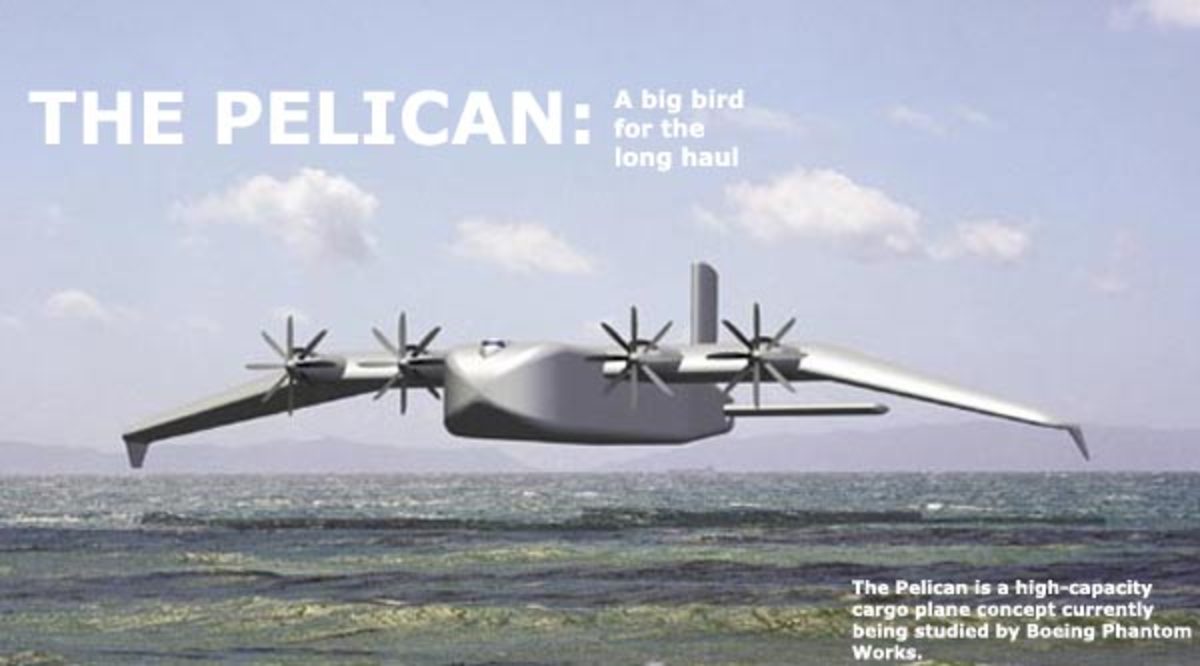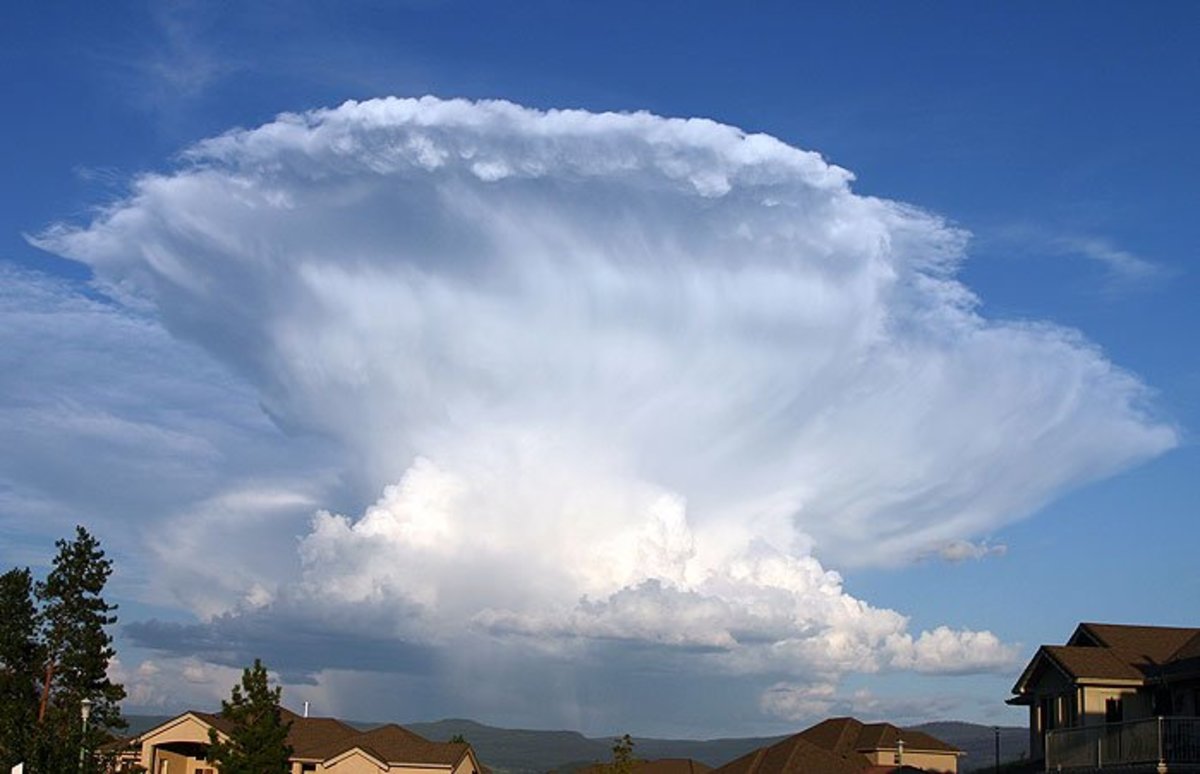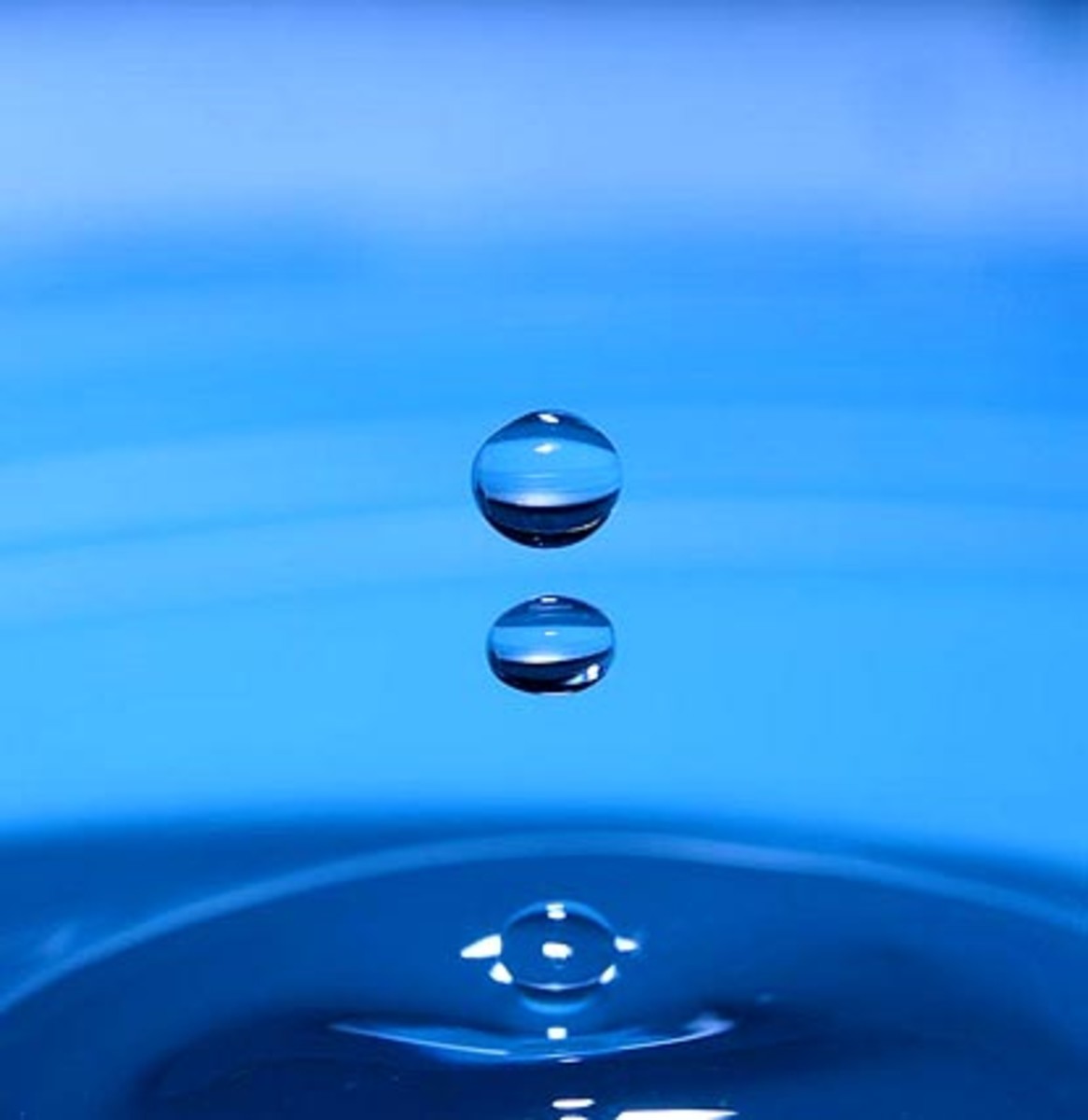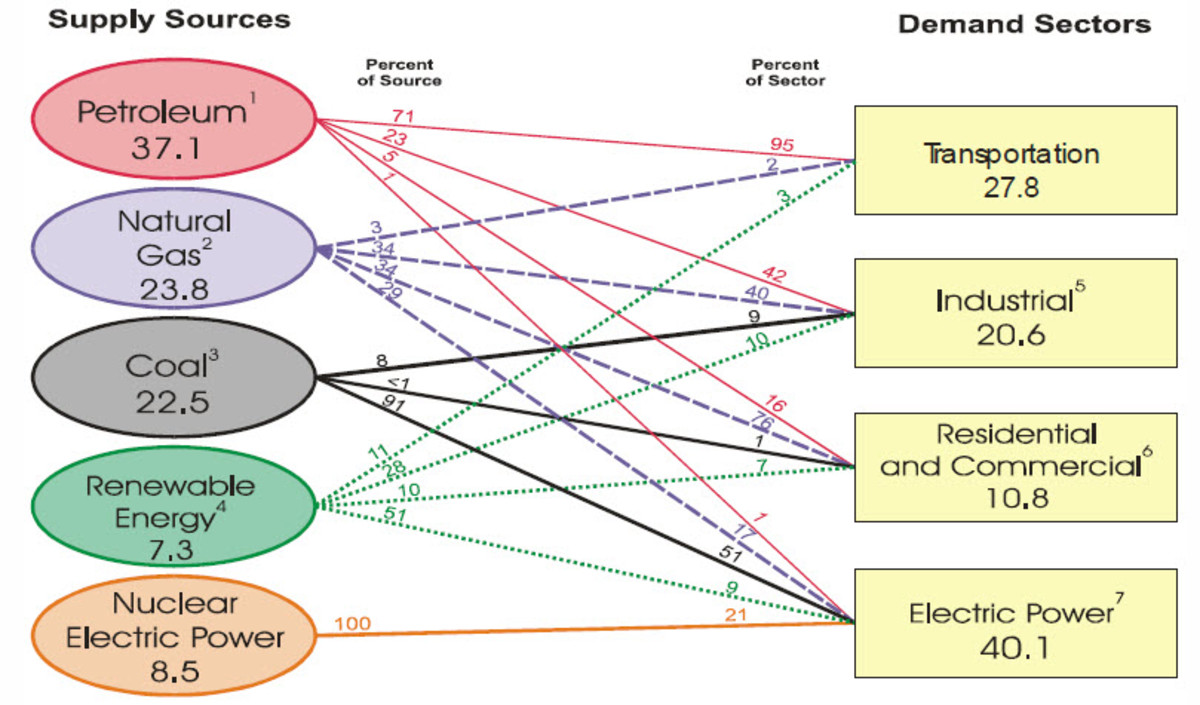A Review of Modern Oil and Gas Flow Measurement Technologies.
Introduction
There is continued invention of new fields which require more sophisticated technologies to produce them. Due to the dynamics in the oil industry, new methods of measurement have been invented to cope with these changes. The orifice plate and positive displacement methods are the methods which have been previously used. Ultrasonic, Coriolis, and multiphase are some the modernist measurement methods.
Ultrasonic
Ultrasonic is used to measure the levels of crude oil in containers. It can be used to measure the levels in a pipe. Apart from the measuring, it can also be used to detect whether a sealed container has oil contents or it is empty. These two are also referred to direct level measurement and presence/absence test respectively. The equipment used in direct level measurement are the ultrasonic thickness gauges and flaw detectors. Flaw detectors are used where the thickness of the container is huge (Hinds, 2012). The procedure used to get readings in the direct level measurement is usually very simple. The transducer is attached to the bottom of the container and an impulse from a gauge causes sound pulse. The pulse travels through the wall of the container into the crude oil. The pulse goes through the oil up to the surface where it is reflected back to the transducer. The transducer records the readings which are then interpreted to the height levels of the crude oil.
For direct level measurement method to be accurate several issues have to be put in mind.
1. The sound pulse should not be disrupted by anything
2. Temperature effects on a fluid should also be considered. A rise in temperature raises the sound speed while a decrease reduces the speed of sound in crude oil.
3. The container containing the fluid should be smooth on the surface. Irregular surfaces greatly affect the movement of sound.
4. The material making up the container is an issue which should also be considered. More accurate measurements are realized in containers of low density compared to those with high densities.
5. At the time of measuring, the fuel should be still and not in any motion so as to ensure the speed of sound is not adjusted in the process.
6. The fuel should be uniform, that is the container should be composed of only one fluid. Sound has different speeds in different fluids and it is therefore advisable to have same fluid for accurate recordings.
7. It is also good to ensure that the fuel does not have any bubbles on the surface. Bubbles too change the speed of sound in a fluid.
8. The measurement method is also more accurate if the fuel in the container has a medium or low viscosity.
9. The transducer should be very well attached to the bottom of the container for accurate readings.
10. Containers which are smoothly curved give more accurate readings compared to those with extremely sharp edges.
Advantages of Ultrasonic Measurement Method
Ultrasonic measurement method is very advantageous comparing with most traditional methods. Some of these advantages include: -
1. It is very simple to take and record readings as it only entails observations
2. This measurement is very effective when measuring corrosive, highly flammable, and oil products which easily vaporize. These fuels are usually put in containers which are sealed. Traditional methods would not apply in such cases as reopening the containers is very risk
3. Ultrasonic is also very effective in measurement of large quantities of containers. Modern packing processes have incorporated this method to auto-measure the packages
4. When measurements are urgently needed then this is the best method. In ultrasonic the readings are made very swiftly.
5. Ultrasonic can also be used to take readings on immiscible fluids which have formed two separate layers. One can take measurements of the separate layers.
6. The readings on transcoders are not dependent on color of the container containing the fuel.
Disadvantages of Ultrasonic
1. There must be a minimum surface area for a specified sensor. A sensor cannot take readings which are not in its specifications.
2. The sensors usually have sensing distances. That means beyond the distances the readings are unreliable
3. Ultrasonic responses are greatly affected by environmental factors such as temperature, pressure and humidity. It is not always possible to have room measurements of these factors therefore producing false readings
4. The responses of the sensors are also affected by other sounds like hissing.
Coriolis Measurement Method
Coriolis uses devices known as Coriolis meters. This method is mostly used to measure mass flow and density of oil and fuel products. (Mingyi, 2006) Says that Coriolis is very different from many traditional methods in that it directly measures mass flow and does not need consideration of other variables like temperature, pressure, and density.
Methodology of the Coriolis meter
The fuel being measured is passed through an oscillating tubes. (Soleimani, Sophocleous, Glanc, Atkinson, Wang, Wood, & Taylor, 2013) says that the oscillations are affected by the rate of fuel flow. Based on this it is very easy to determine the mass flow and density.
Advantages
1. It is very accurate. Therefore, there is no need to compensate for variables such as temperature. They usually have a mass flow accuracy of 0.1%
2. Coriolis measurement method is very effective when dealing with bulky fuels.
3. It is usually very easy to use, install, and maintain.
4. Fuels which are difficult to handle can easily be measured using this method
5. Unlike other methods, it is not affected by change in density of the fluid being measured
6. It is economical since extra costs such as maintenance are not needed. They usually do not have moving parts hence no maintenance needed.
Disadvantages
1. It is usually very difficult to measure fuels which have low pressure. For example, gases
2. Coriolis is relatively expensive comparing to other measurement methods. This makes it very less economical as it does not reduce the costs. When the fuel value does not justify the high capital then it is not advisable to use it.
3. Cannot be used in containers which are made up of materials with high density.
4. High velocities in the fluids leads to pressure change. This pressure change may slightly affect the readings.
Availability of Technical Standards for Applications of these Technologies
Both measurements methods are easy to handle hence no highly technical labor is needed in operating them. Only a few trainings and one is ready to record readings. However, what to do with the readings may require a knowledgeable person. For example, if the readings are below average then the technician will be able to know what was not done right (Jia, Gao, & Li, 2014).
The Coriolis once installed there is no need for maintenance. This means that no extra skilled labor is needed for maintenance (Vahidi, Jovalekic, Tenbohlen, Rösner, Perrier, & Fink, 2013, June).. Ultrasonic method under presence/absence measurement some technicality is required when taking the recordings.
Ultrasonic requires the person using it to know the viable containers and those which are not viable. Such knowledge is quite technical because you find that some containers are in conditions which easily give the wrong readings. These measurement methods are easily applied and in areas where they require some techniques it is not very hard to get them.
Views of standards Development Organizations
Standards Development Organizations are bodies who deal with technological standards that address a particular group. These organizations are also available in the petroleum sector. They deal with new technologies involved in development of technologies in exploration of oil fields, development, and the production process. Such organizations include The International Regulators Forum (IRF). The IRF mostly regulates the offshore treaties. The International Organization for Standardization (ISO) deals with the standards system in the oil industry (Wen, Qian, Yuxiang, & Deiyao, 2014).
The ISO has acknowledged these developments in measurement technology and has gone ahead to approve their use in the petroleum industry. Quantities arrived at using these measurements are viable in the international market. The DECC sets the standard calibrations for the measurement tools. The use of diagnostic techniques to detect shifts in Coriolis meter performance is being understood and DECC considers the use of some techniques to form the basis of a ‘condition-based maintenance’ approach (Brandt, Heath., Kort, O'Sullivan, Pétron, Jordaan, & Wofsy, 2014).
Safety Critical Elements from an Oil and Gas Installations
Safety critical elements include any installation or a whole plant whose purpose is to prevent or reduce the impact of a major accident. Failure to do this would cause a greater damage both to the plant and the workforce. These critical elements are very useful especially to offshore production plants. The elements in such cases have to be both fixed and mobile so as to also enable workers to reach the onshore. The United Kingdom Continental Shelf (UKCS) is waters that surround the U.K. and there are rights to mine for the nation. The UKCS has come up with some safety elements on its offshore installations. They are composed of both fixed and mobile installations. Watts, (2012) says that the installations must be able to detect smoke, fire, leakages of flammable and hazardous fluids. Second, there should be an alarm system to warn the occupants of any emergency. The installation should also contain features which can deal with any fires or explosions and those which can observe the situation to assist in the `evacuation. The elements are also aimed at making sure the workers are evacuated to safety. A means of escape should also be a major priority in case the evacuating process fails. The escape methods may include escape boats, floaters, or swimming suits.
Operational Issues Associated with Ageing and Life Maintenance Activities
The maintenance activities must assure the safety, health, and welfare of workers and their dependents. According to Sundararajan, (2012), the external environment should not be affected as a result of such on goings. That is, they should be environmentally friendly and should not pollute it in any way at any given time. So as to operate these activities one needs a consent from relevant authorities. Inspection is done to ensure that the structures have complied with the requirements. The inspector then deems the plant fit or not fit for operation. The permits are usually given over a certain period of time.
Some processes within the plant increase the aging rate hence necessitating life extension. Temperature cycling causes fatigue, breaking, collapsing or deformation of some of the installation. Pressure changes in the operation process also lead to collapsing and breakage of installations. Flow rate in the offshore plants also affects the aging rate. When the flow rate is always changing there is an erosion of installations which leads to blockage in the system. Salinity is also a process involved in offshore plants. Salinity leads to corrosion of the installations which may lead to leakages. These leakages are very risky because the substance leaking out may be hazardous or highly flammable
Discuss Installations to the Subject of Ageing and Life Extensions
Life extension is a concept which acknowledges the lifespan of an installation. It says that an installation can wear out but some processes and criteria can extend the life span without taking the safe operating limits below average. Life extension requires consent from relevant authorities. For example, in Norway, such consent is given by Petroleum Safety Authority Norway (PSA). Rausand, (2014) argues that aging assets are the objects requiring the life extensions. Examples of aging causes include corrosion, erosion, blockages, physical damage and wearing out. Some factors may also increase the rate of aging. Drill ships, mobile offshore drilling, offshore floating oil storage facilities are some of the major installations in the oil industry. Some methods which can be used to detect aging in these installations are inspection, testing, and monitoring. Some of the detected signs may be corrosions in the drills or maybe cracking of objects. After detection, now some life extension endeavors can be made. These endeavors include coating, material selection, cathode protection, and chemical treatment.
Ageing Effect on the Environment
Regulating the age aspect has various effects to the environment. All these effects are most to contribute to a positive improvement of the environment. Babuskin et al explains that regulating these aspects ensures that dangerous gasses do not accidentally get released to the air which may lead to global warming and health complications to human beings. It also avoids leakage of harmful liquids which may leak into the sea in cases of an offshore plant. This might greatly ruin the sea life.
Comparison of Regulatory Practices between Two Regions
Norway and the United Kingdom have very similar regulatory practices. In the U.K. the regulations are carried out by the United Kingdom Continental Shelf while in Norway they are carried out by Petroleum Safety Authority Norway (PSA). In both countries, for a company to carry out life extension it has to get authority from the relevant authorities. In both countries, there are regular inspections which ensure that the life extension is well carried out.








